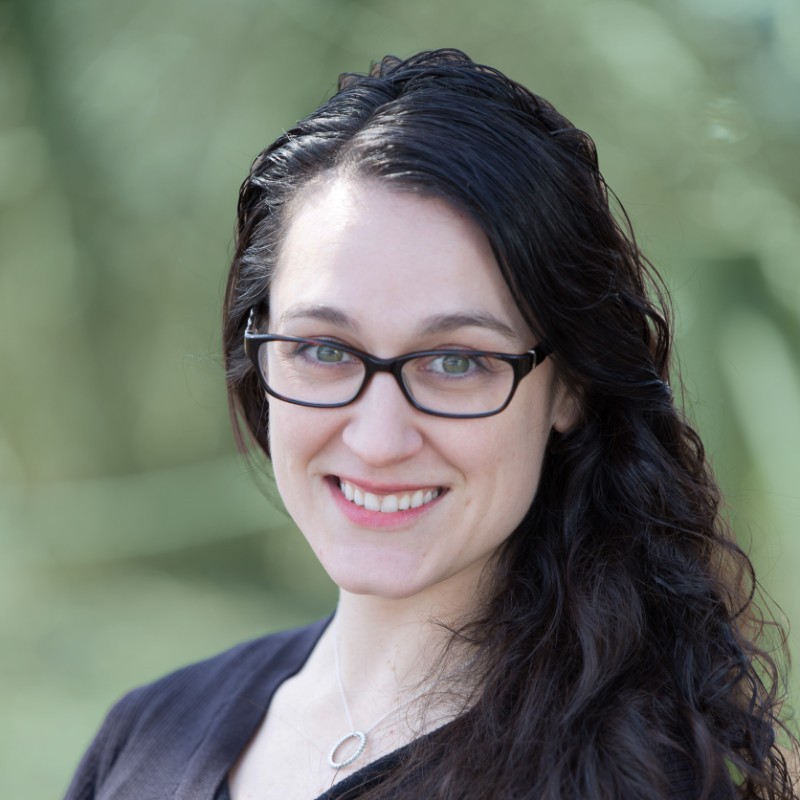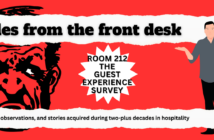HVAC strategies to reduce COVID risk and disruption
by CASEY NOON
Because we’re still talking about remote learning, home offices, and canceled concerts in 2022, the expectation that COVID will be “over” soon (or ever) is fading. It seems the new normal will involve proactive indoor air quality virus mitigation tactics for the long haul. Though social distancing and mask-wearing are the most prevalent and arguably the most effective strategies, there are other approaches building owners and managers can employ that can reduce risk while also minimizing disruption.
Schools, hospitals, multi-family residential buildings, retail stores, restaurants, concert venues, and other properties that serve large numbers of people may consider hiring a professional engineer to implement the following HVAC modifications for indoor air quality improvements.
INCREASE VENTILATION TO REDUCE VIRAL PARTICLE CONCENTRATIONS
Indoor airborne particles can remain afloat for long periods, but mixing additional outdoor air into a building can quickly dilute contamination and reduce the possibility of COVID-19 transmission.
Ventilation is measured by how often the air in a space is completely replaced and is quantified as air changes per hour (ACH). The American Society of Heating, Refrigerating and Air-Conditioning Engineers (ASHRAE) Ventilation and Acceptable Indoor Air Quality standard doesn’t give a fixed number for offices, schools, or other public spaces because airflow rates should be based on the size of a room, its use, and the number of people inside. However, based on typical room sizes and occupancy rates, ASHRAE generally suggests that offices and retail stores maintain an ACH of 2-3. For schools, that recommendation is increased to an ACH of 5-6 and restaurants to 6-8.
To increase a building’s ACH rating, ventilation must be enhanced. Introducing additional fresh air into a building is a more complex process than it sounds and requires the consultation of an engineer. Because conditioning additional outside air can put too much strain on mechanical systems, ventilation is more complicated than simply opening vents to their maximum settings. One way property owners and managers can minimize recirculated air is to add air economizers to their existing HVAC units. Sensors calculate the temperature and humidity of outdoor air and when they detect favorable conditions, the internal dampers on the economizer open to bring outside air into the HVAC unit. Designed to minimize energy use, economizers not only improve indoor air quality but also reduce utility costs. Another option is to install a dedicated outdoor air unit, also known as a make-up air unit.
“Ventilation technology has made huge strides in the past decade. We have a much better understanding of indoor air quality needs and how to balance those requirements with other factors such as temperature, humidity, and energy usage,” said CoolSys Energy Design President Allan Samuels. “With continued concerns over the spread of COVID, improved ventilation is becoming a high priority.”
UPGRADING AIR FILTERS TO REMOVE AIRBORNE VIRAL PARTICLES FROM RECIRCULATED AIR
Another method for buildings that house or serve large crowds to reduce the risk of spreading COVID is to upgrade to higher-rated air filters.
“Filtration systems are especially pertinent when outdoor air-delivery options are limited, but there are serious considerations when upgrading internal filters,” Allan warned.
A filter’s ability to capture and hold airborne particles is expressed by its minimum efficiency reporting value (MERV). ASHRAE reports that filters with a MERV rating of 13 or higher remove approximately 90% of the particles the size of virus-containing aerosols. High-efficiency particulate air (HEPA) filters eliminate 99.97% of particles that are even smaller than aerosols. Because of their powerful filtration capabilities, MERV and HEPA filters can cause a reduction in airflow. Increased air pressure from the higher-MERV filters can have a detrimental effect on your system if it isn’t sufficient to handle these filters. The variety and complexity of HVAC systems in large buildings require professional interpretation.
“To prevent costly damage, it is imperative that a mechanical engineer reviews the existing equipment’s capabilities and technical guidelines to specify the correctly rated and sized filters,” Allan explained.
ADDING BIPOLAR IONIZATION AND/OR ULTRAVIOLET GERMICIDAL LIGHT SYSTEMS TO KILL VIRAL LOADS
Bipolar ionization is a technology that can be used in HVAC systems or portable air cleaners to generate positively and negatively charged particles. These charged particulates attach to mold, bacteria, allergens, and viruses, destroying them and making them large enough to be trapped by filters.
Ultraviolet germicidal irradiation is the use of ultraviolet energy to kill viral, bacterial, and fungal organisms. These specialized lights can be placed within HVAC ductwork to treat air being recirculated.
Especially beneficial in hospitals, schools, and other buildings with large amounts of people, these innovative COVID mitigation strategies are applicable everywhere.
“Our experience with bipolar ionization and ultraviolet germicidal light systems have been positive,” Allan said. “Manufacturers are offering a variety of options to fit numerous HVAC systems and it’s exciting to utilize these new technologies in so many different applications.”
WEIGHING COVID RISK REDUCTION AGAINST INSTALLATION, MAINTENANCE, AND ENERGY COSTS
Whether you opt for an air economizer and/or HEPA air filters, HVAC upgrades will necessitate additional installation, maintenance, and energy costs. For example, the design and installation of a make-up air system in a high-rise building can cost thousands of dollars. Furthermore, the additional energy required to heat or cool fresh air, rather than recirculating what had already been conditioned, will become an ongoing expense. Likewise, HEPA filters catch more and therefore must be replaced more often than regular filters. It should be noted that whatever type of filters you have, you should consider replacement on a more frequent basis.
On the other hand, in addition to improving indoor air quality, proactive HVAC modifications that mitigate COVID risk can help put the people within your building at ease. Promoting your building actively working to reduce viral exposure can show your commitment to the health and safety of your staff, guests, tenants, and/or clients. It may even reduce your liability. As always, property owners and managers must balance the pros and cons of capital improvements.
HIRING A PROFESSIONAL ENGINEER TO DESIGN A PROGRAM THAT MEETS YOUR BUILDING’S NEEDS
Overall, this list of HVAC modifications to reduce the risk and disruption of COIVD can be universally applied across indoor environments, but the specifics of each building and its existing equipment must be evaluated. Number of floors, design occupancy, and local climate are just a few of the factors that must be identified and considered. It’s critical to hire a professional engineer to identify which HVAC strategies are applicable, effective, and economical for each unique building.
“A thorough evaluation of the pros and cons of a particular COVID mitigation strategy is essential and should be performed by a professional engineer,” Allan said.
Remember, while ventilation and filtration interventions reduce the risk of COVID exposure, they will not eliminate the possibility of transmission. As the CDC recommends, a layered approach is still the best. This means physical distancing, wearing face masks, practicing good hand hygiene, and getting vaccinated on top of making indoor air quality improvements.
 Casey Sky Noon is a Business Development Coordinator at CoolSys Energy Design, a full-service mechanical, electrical, plumbing, refrigeration, and fire-protection engineering firm. Championing climate mitigation and adaptation plans, she is especially interested in helping buildings become as energy efficient and environmentally conscious as possible while reducing operating costs and maximizing comfort. She can be reached at [email protected] or (732) 309-8895.
Casey Sky Noon is a Business Development Coordinator at CoolSys Energy Design, a full-service mechanical, electrical, plumbing, refrigeration, and fire-protection engineering firm. Championing climate mitigation and adaptation plans, she is especially interested in helping buildings become as energy efficient and environmentally conscious as possible while reducing operating costs and maximizing comfort. She can be reached at [email protected] or (732) 309-8895.




